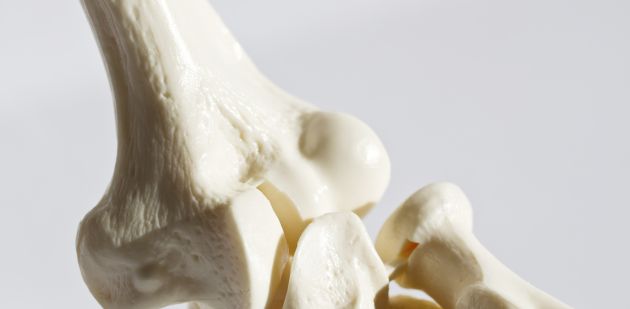A new study by the Lausanne University Hospital and Harvard University in Boston on Pyle’s disease, a genetic bone disorder, reveals new information on how skeletal bone is produced. The study was published on June 30, 2016, in the prestigious «New England Journal of Medicine».
The podcast of the interview of Andrea Superti-Furga

Dr. Pelin Simsek Kiper, from the team of Prof. Andrea Superti-Furga in Lausanne, and Drs. Hiroaki Saito and Francesca Gori, from the team of Prof. Roland Baron at Harvard, worked in tight collaboration on this project with colleagues from Switzerland, the USA, Turkey, Japan, India and the UK. The study took off from the observation of four individuals who were affected by Pyle’s disease, a genetic disorder that makes bones too soft and prone to fracture and deformation. After confirmation of the diagnosis by the Swiss team, cutting edge genetic technology was used to find the gene responsible for the condition. Following the identification of the faulty gene, called “sFRP4”, the team at Harvard University studied the mechanisms of bone formation in mice with a normal or a mutated copy of sFRP4, and fed back the information to the Lausanne team and other centres.
Two essential components of bone
Our bones are made of two different types of bone tissue: a softer part, called trabecular or “spongy” bone, that harbors the bone marrow; and a thicker and more resistant part, called cortical bone, that covers the spongy tissue and gives bones their proper shape. So far, it was believed that production of the two types of tissues was simultaneous. In contrast, the study has shown that in Pyle’s disease, as well as in mice lacking the sFRP4 gene, production of trabecular bone is abundant, while that of cortical bone is blocked. This revealed for the first time that “spongy” bone and cortical bone are produced by different mechanisms, and that it is the cortical bone that is important for bone stability - explaining why individuals with Pyle’s disease have softer bones that break more easily.
So far, it was believed that production of the two types of tissues was simultaneous.
Potential treatment strategies
Having understood the regulation of bone formation that had gone awry in the patients, the researchers tried to boost the production of cortical bone using two experimental drugs that were known to modulate cellular signaling mechanisms. The results, from the Harvard team led by Professor Baron, were very encouraging, showing that cortical bone production can be boosted selectively. “We will have to see whether these compounds are effective and safe in patients”, says Professor Superti-Furga, “but the results are very promising”.
Advances for the treatment of osteoporosis?
If confirmed, the results could have much larger benefits: “Showing that cortical bone is essential for bone stability, and that the production of cortical bone can be stimulated selectively, could improve the treatment of osteoporosis, a frequent condition that is the cause of a large number of fractures in elderly people”, concludes Prof. Superti-Furga – “ it is not unusual that the study of rare genetic disorders not only benefits the affected individuals but advances the treatment of common diseases as well!”